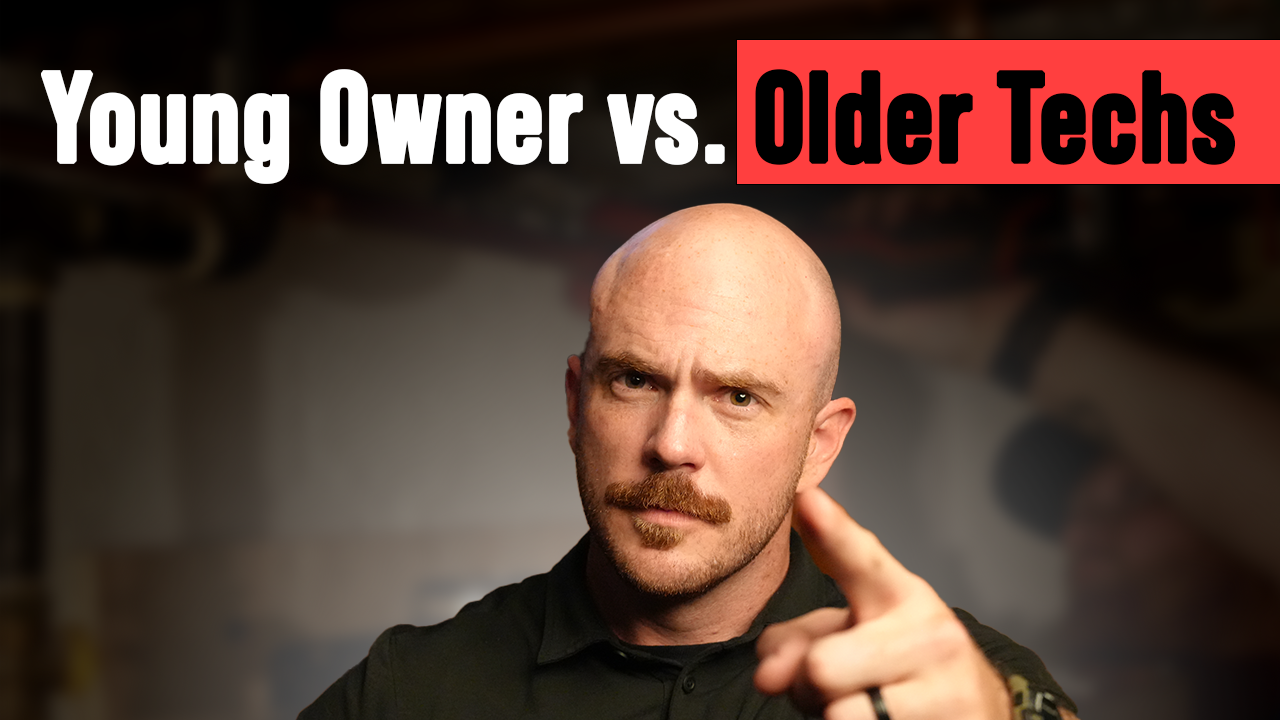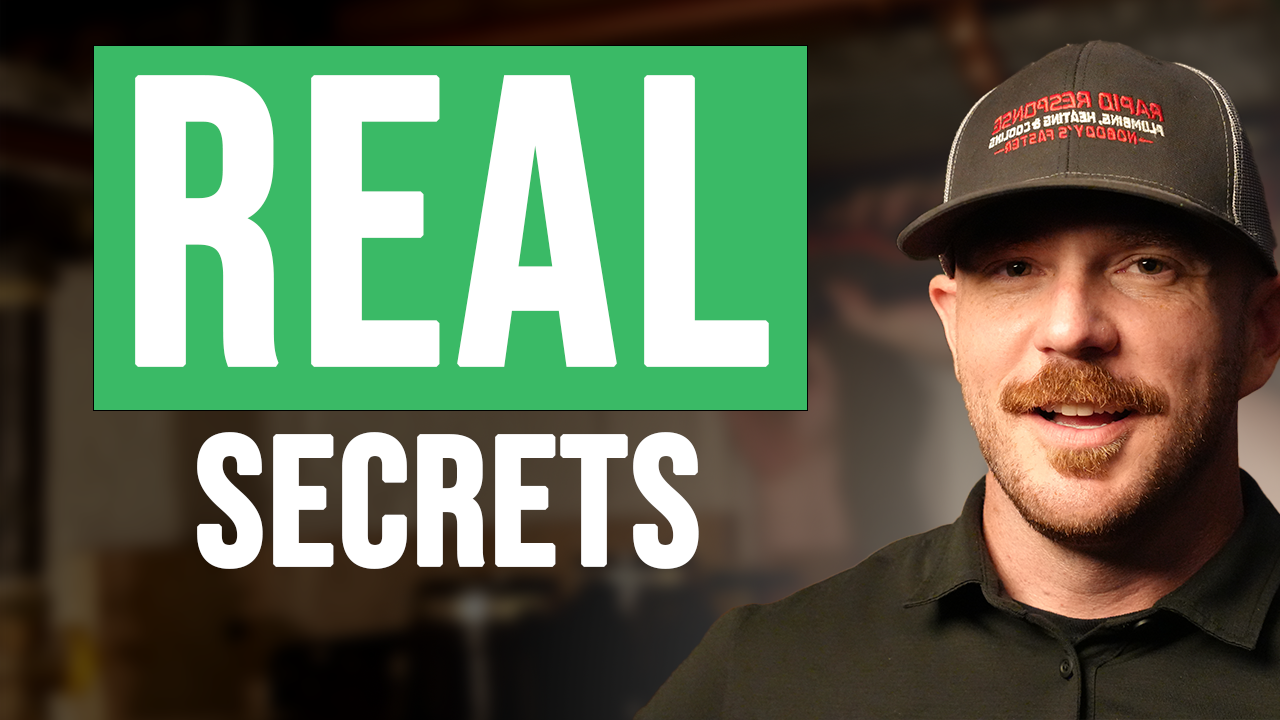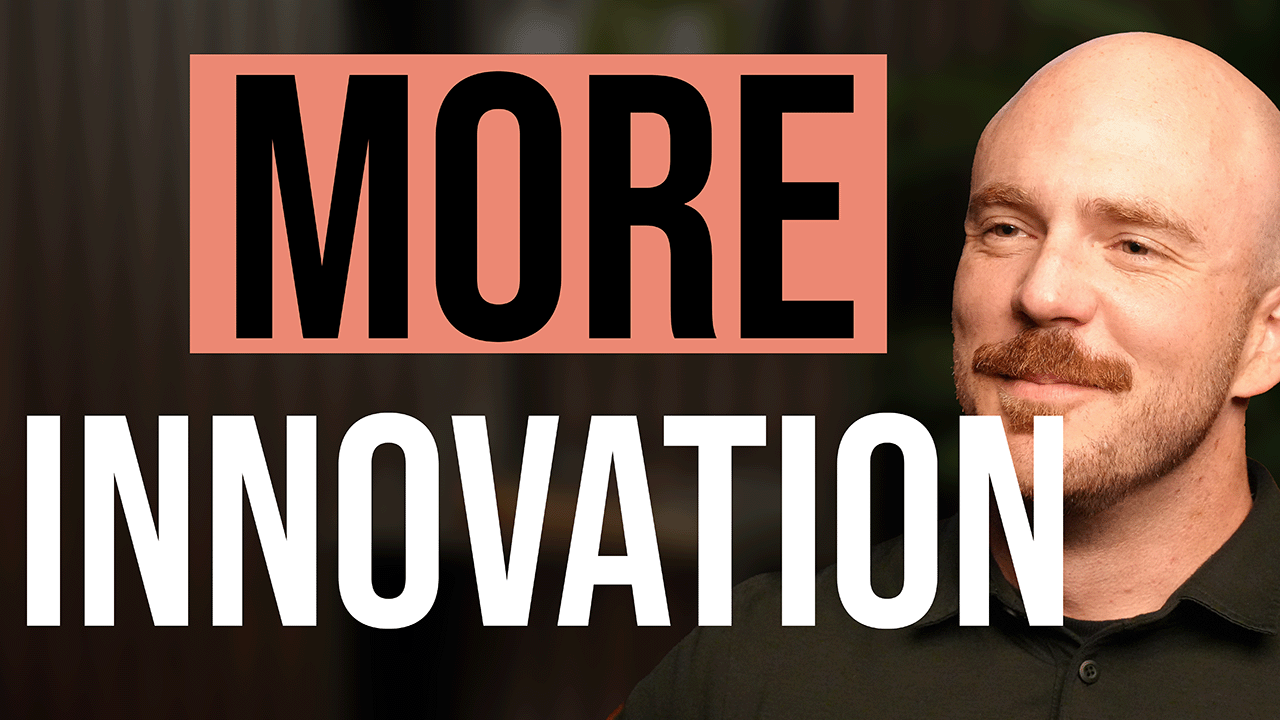Chris Cisneros, the owner of Diamond Plumbing, was only 16-years-old when he started the business with his dad.
Now at 23, he is running crews of technicians in their 30s and 40s. The age gap is not lost on him, and he admits it has been one of the biggest hurdles in his role.
As Chris told me:
It’s my hardest thing to deal with. There’s some people that… you can kind of tell that it’s gonna be an issue.
Walking into a shop as the young boss can raise eyebrows quickly.
Some techs see his age and assume he is not qualified to call the shots. That tension shows up most clearly in early interviews. Chris says he can usually tell right away who is going to push back on having a younger leader.
Fighting the Nepotism Label
Being the son of the founder only adds another layer of skepticism. Chris knows plenty of people assume he is just another kid riding his father’s coattails.
I’m not the typical stereotypical father-son business relationship where his son is just… nepotism and not working.
He has worked hard to prove that wrong.
Chris is hands-on in the business, managing service every day and taking responsibility for change. His father is less involved on the frontlines, which means techs deal directly with him. That has forced him to step up.
The result is a young leader who has had to earn respect by action, not by title.
Showing, Not Telling
Chris figured out early that respect does not come from words. It comes from action. For techs who are skeptical, he does not waste time telling them what he can do. He shows them.
I prove to them that they can learn something from me. They see it. It’s really a show, not show and tell.
That approach flips the script.
Instead of telling his team what he knows, he demonstrates it through decisions, problem-solving, and outcomes. The skepticism starts to fade once technicians realize he is not just filling a chair. He is adding value.
Selling the Team on Leadership
Chris compares leadership to sales. He is not just managing employees. He is selling them on the idea that his leadership benefits them.
It’s really a sales strategy. You have to sell your team and get the buy-in. It’s really just, hey, do you wanna make that money?
Money has been one of his strongest levers. The techs who want to earn more often become the ones most willing to adapt, and Chris uses that as an anchor point for buy-in.
By tying leadership directly to technicians’ personal success, he has been able to win over even the most hesitant team members.
Early Struggles vs. Growth Stage
In the beginning, managing older employees was especially tough. With only a few people on the payroll, one or two techs resisting change created outsized drag.
It was really hard with the first few [technicians].
As the business has grown, the dynamic has shifted. More employees mean more options. If a tech refuses to adapt, there are others who will. Chris calls this “fluidity of labor,” and it has made a big difference in balancing out the age and leadership gap.
My Take
Hearing Chris talk about these challenges hit home for me.
When I came out of college, I was managing technicians older than my parents. They looked at me like, “Who is this kid telling me what to do?” Respect did not come automatically. It had to be earned.
And the way you earn it is simple. You show up with knowledge, hustle, and a path for people to make money under your leadership. That is how you flip skeptics into believers.




